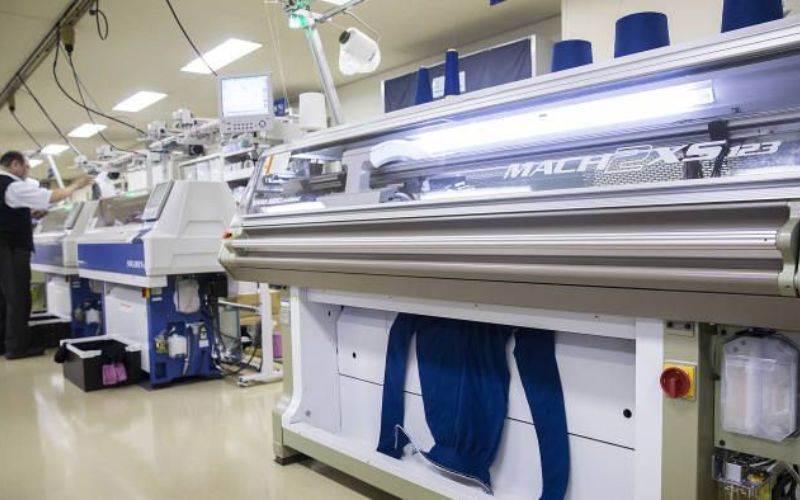
Technology is affecting numerous sectors, and fashion is no exception. Technology for fashion is expanding faster than ever before and is transforming the way people shop both in-store and on the internet.
Below, we look at some of the latest technologies that are advancing the field.
ARTIFICIAL intelligence (AI) in FASHION
AI may sound a bit science fiction, but in actuality, it’s actually in use to improve the shopping experience. The formats you’ve experienced consist of touchscreens and chatbots that can be customized to provide recommendations for products. However, the algorithms utilized in this technology also monitor the user’s journey.
In the end, AI is utilized in inventory management using tracking tools that help improve the process of warehousing and the movement of stock. Also, we should not forget about the platforms that predict patterns and the behavior of consumers and give information to users to create custom marketing and selling strategies.
3D PRINTING
Three-dimensional printers have been in use for some time however, fashion companies are looking to further embrace the technology. Although the primary drawback of 3D printing lies in the amount of time needed to create something, the benefit is a reduced waste. Fashion clothes were previously designed by fashion designers like Iris Van Herpen and continue to provide interest for many.
In the midst of the advancements that are being made in this field Digital knitting stands out as a potential contender for the future of the production of garments. This is because it provides a range of customization possibilities and produces seamless garments fast and efficiently.
A FUTURE FOR FABRIC FUTURE OF FABRIC
Another way that fashion is taking on tech is through the use of novel fabrics. They are made of materials that have been grown in laboratory conditions. They are akin to well-known fabrics like leather and silk. The use of new fabrics in garment manufacturing is a viable alternative to the limited resources normally employed in the manufacture of clothing.
AUTOMATED WAREHOUSES
The pandemic has provided an enormous demand for fashion companies to improve warehouses and logistics. The answer for certain companies is automation and companies are working with supply chain firms to implement robots into factories.
They move goods through the warehouse and help in picking and packing an easy and more manual job. Certain brands are also using robots that can do this as well!
RAPID DATA ANALYSIS
Software is continually changing the way fashion companies operate. For instance, the advancement in data analysis that is rapid means that software tools offer instantaneous information about defective or damaged goods. They collect data while the product is being produced and any defects are discovered immediately. This helps save the company money and reduces the amount of waste.
Cloud-based software is also utilized in the clothing industry to provide an opportunity for collaboration between designers and businesses. Through the use of real-time information, plans can be executed quickly and more effectively wherever you are.
From design visualization at the stage, to the finer details of production, every element is enhanced by the use of technology. By embracing new innovations technology has created an exciting and exciting market for both emerging and established fashion companies. We’re eager to see what’s in store in the coming years!





